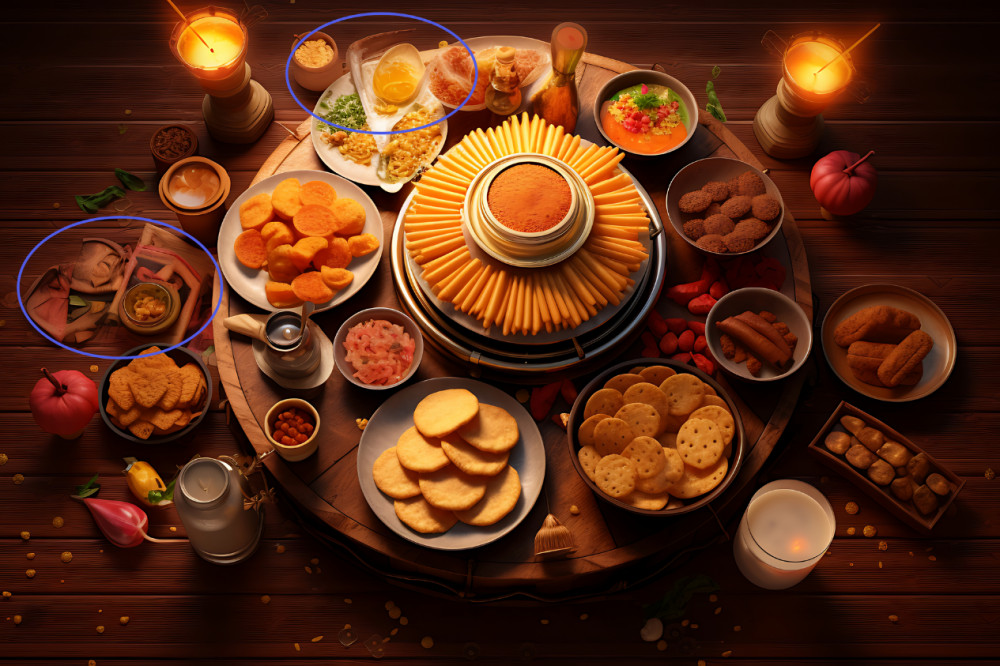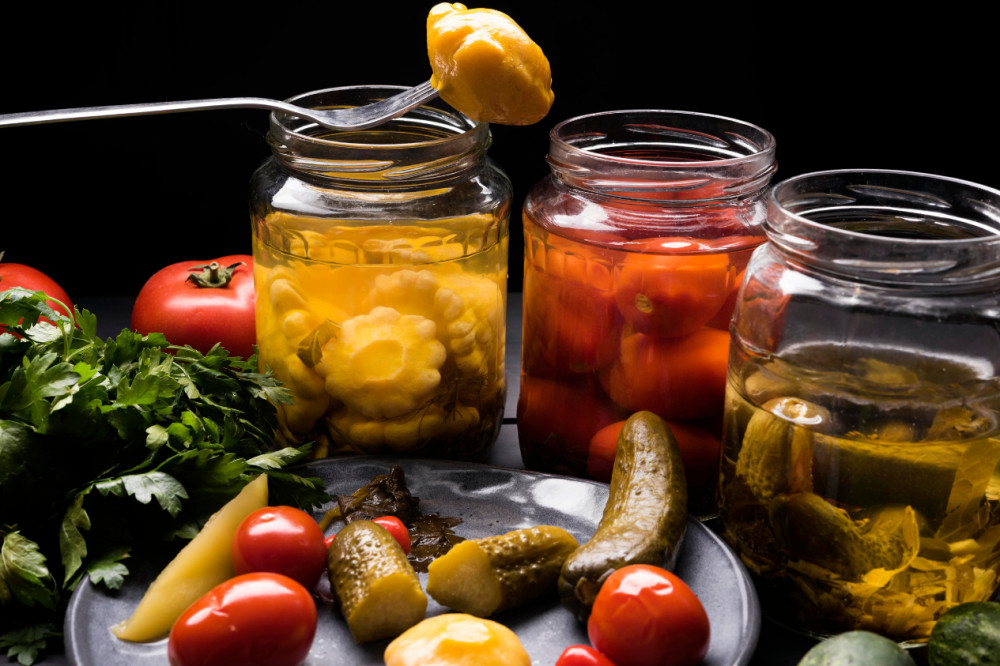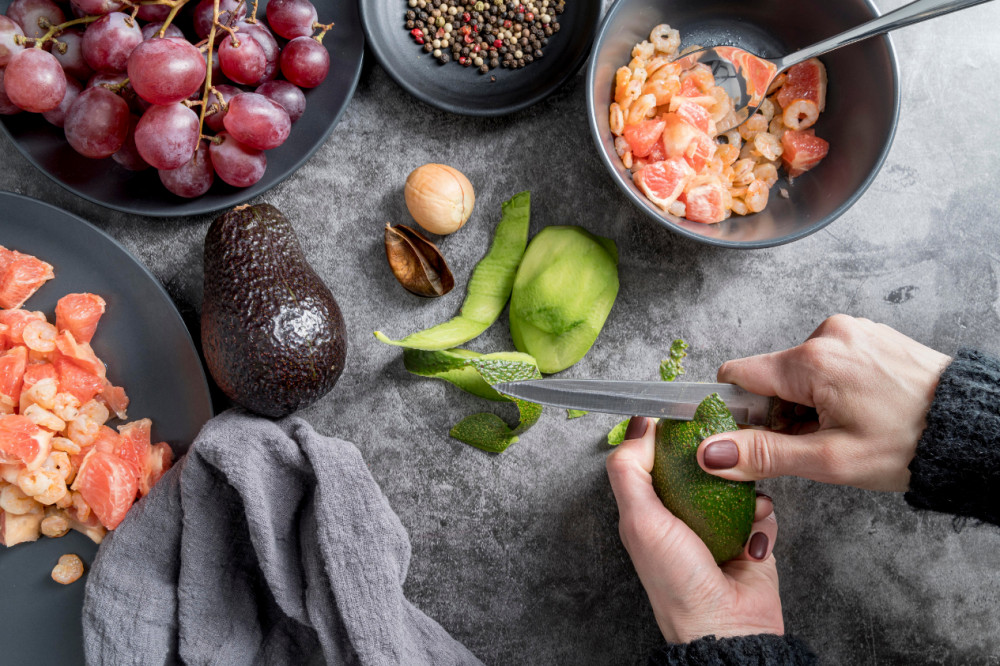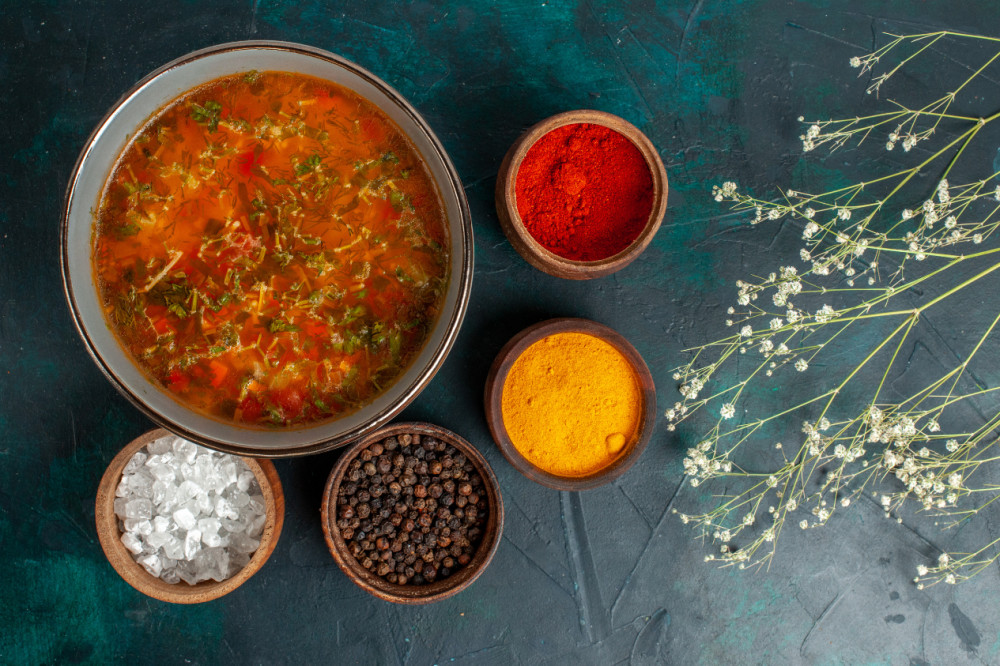
5 Must-Have Japanese Kitchen Tools for Home Cooks

Japanese cuisine is known for its elegance, precision, and harmony of flavours and behind this lies the magic of ingenious tools. Whether you’re crafting sushi, slicing sashimi, or perfecting your ramen broth, these must-have Japanese kitchen tools will elevate your cooking game. Here are five essentials every home cook should consider adding to their culinary arsenal.
If you're a newcomer to Japanese cuisine or a passionate home cook looking to add depth to your repertoire, adding these classic Japanese kitchen tools can transform the way you cook. Not only functional, these implements capture the ease and refinement that characterize Japanese food culture.
From artful vegetable slicing to perfectly rolled omelets and soul-warming hot pots, we’re diving into five essential Japanese kitchen gadgets that deserve a place in your home. Get ready to cook smarter, cleaner, and with a whole lot more joy.
1. Bamboo Sushi Mat (Makisu)
Ideal for: Rolling sushi, moulding rice, and pressing out liquid from grated items.
The Makisu is a real Japanese sushi mat made of thinly cut bamboo skewers strapped together using cotton yarn. Although unassuming in appearance, the makisu is a worthwhile ally in the art of crafting sushi. The bamboo mat offers a means of rolling maki (sushi rolls) using the kind of precision required to create that unmistakable cylindrical form.
Makisu comes in two types—flat slats and rounded slats, the latter offering tighter, more uniform rolls. It's also surprisingly versatile, used to roll tamago (Japanese omelettes), press grated daikon, or roll Korean kimbap.
Pro Tip: Cover your makisu with plastic wrap for easier cleanup and prevention of rice sticking.
2. Oroshigane (Japanese Grater)
Best for: Grating ginger, daikon radish, wasabi root, yuzu zest, and garlic.
Unlike Western graters, the Oroshigane is a flat or slightly concave grater with razor teeth, often made of metal or ceramic. It produces a soft, juicy paste instead of coarse shreds, perfect for Japanese cuisine, where texture and consistency are everything. Old-fashioned versions were even made from sharkskin for grating fresh wasabi!
Oroshigane creates a very fine pulp ideal for garnishing soba noodles, adding kick to sauces, or pairing with the fresh, clean flavour of sashimi.
Pro Tip: Wash immediately to prevent juices and fibers from drying on the surface.
3. Chopsticks for Cooking (Saibashi)
Ideal for: Stir-frying, flipping, plating, and precise deep-frying.
Saibashi are above-average-length chopsticks—anywhere between 12 and 15 inches—used exclusively for food preparation. Unlike eating with chopsticks, they are designed to keep your hands out of the reach of heat and splatter. Made from bamboo or wood, some varieties feature silicone tips or decorative handles.
They offer great control, especially when handling delicate foods like tempura, grilled fish, or soft tofu. You can flip, stir, or plate food with a precision that cannot be achieved with spatulas and tongs.
Pro Tip: Use a set solely for cooking, not consumption, and never swap them to guarantee cleanliness.
4. Donabe (Japanese Clay Pot)
Best for: Hot pots, soups, stews, rice, and slow cooking.
Donabe is more than a cooking pot—it's the centre of social Japanese dining. Made of special heat-conductive clay that diffuses the heat slowly and evenly, donabe pots are ideal for "nabemono" (hot pot dinners), kamameshi (seasoned and topped rice), and even slow-cooked broths.
Each donabe is individually crafted and often nicely glazed, so it is a handsome serving dish unto itself. The central table makes dinnertime a social, interactive affair.
Tip: “Season” a new donabe by bringing water to a boil in it before initial use to seal the tiny pores and make the pot strong.
5. Japanese Knives (Hocho)
Best for: Any cut work—thin sashimi cuts all the way to vegetable chopping and precise meat butchering.
Hocho is the name of Japanese kitchen knives, renowned for their cutting edge, craftsmanship, and single-bevel cutting edge. There are a variety of them, with a specific one designed for a specific use:
- Gyuto – versatile chef's knife, equivalent to the Western version.
- Yanagiba – long and thin blade for cutting sashimi and sushi.
- Deba – heavy and thick, best for bone-cutting fish and poultry.
- Nakiri – flat vegetable knife for straight, clean cuts.
- Santoku – all-purpose knife for slicing, dicing, and mincing.
Hand-forged with old-world techniques from high-carbon or stainless steel, these knives are. With precision, more cleanly they cut, preserving delicate ingredients' texture and flavor.
Pro Tip: Never put Japanese knives in the dishwasher—hand wash and dry immediately to save the blade and prevent rust.
Cooking isn't just about recipes; it is about creating an experience, and the Japanese kitchen tools create a more efficient and intuitive experience. These devices may appear to be minimal, but each has a deep history of culinary craftsmanship, providing a glimpse into the delicacy, texture and taste of food.
So, prepare to introduce a touch of Japan's cooking magic into your own kitchen. Impress our colourful food community with your creation by downloading Foodism today.
Related Blogs

Food Offerings and Festive Plates of Kartik Purnima
103 Views

The Science of Ferment: Easy Homemade Fermented Foods
80 Views

Zero-Waste Cooking: 7 Dishes That Use Every Bit
73 Views

Warm Spices, Cold Valleys: Comfort Food from Kashmir
112 Views

5 Wholesome Lunchbox Meals You Can Cook in 20 Minutes
119 Views